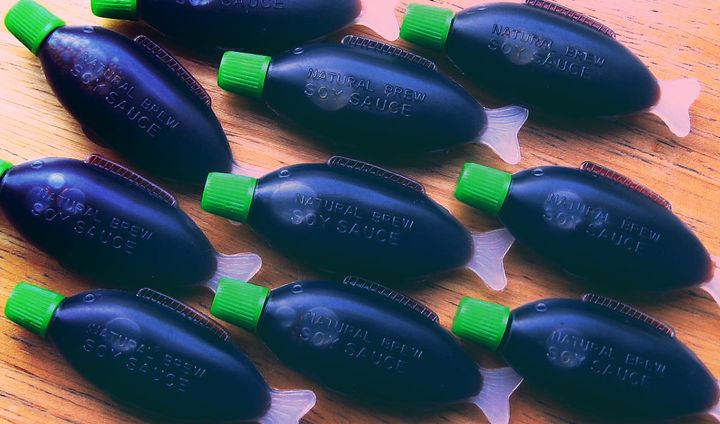
Putting a little soy sauce on your sushi roll is about as standard operating procedure as buttering toast -- and perhaps even less widely debated. When it comes to putting the edamame in the fish first however, we’re looking at something a little more revolutionary.
Those same beans might be getting a whole new purpose outside of the Kikkoman bottle just yet, though, because in the next 15 years, an additional 41 million tons of aquatic species will need to be harvested per year. Those numbers are based on our ability to maintain the current per capita amount of seafood consumption, which is also on the rise. As the world grows every more partial to seafood, the aquaculture industry is finding that soy may play a key role in facilitating this tremendous potential for growth.
Currently, many commercial aquaculture feed recipes include ingredients made from fish by-product -- namely, by-product from wild-caught, ocean-dwelling fish. While these ingredients are relatively standard fare, the process of removing vast quantities of the nutrient-dense marine food chain for the purpose of farm-raised fish, threatens everything from Brown pelicans to Blue whales (two species that have only recently begun to recover after being driven to near extinction.)
On the other hand, the vast majority of fish can just as easily assimilate soybean meal when it is integrated into their diet. Relative to ocean-harvested fish meal, this feedstock is much easier to obtain, less expensive, and has comparable nutritional profile, to boot.
Of course, all of this means that the aquaculture industry is a serious potential customer for US soybean growers, and in the way of large industries, they already have a trade association for that, known as the Soybean Aquaculture Alliance. Many millions of research dollars are being poured into formulating soy-based fish feed and testing them in US and Asian markets, with Asia accounting for 80% of global aquaculture production. These projects mirror similar product testing done throughout the years on feed produced for cattle and swine -- products that forever changed and continue to shape the livestock industries to this day.
This point brings us to an interesting intersection, because while soy-based feed for fish is good news for ocean conservationists, the practice of feeding largely soy-derived ingredients to animals that we eat has come under serious consumer speculation in recent years. Warranted or not, fear and contempt for genetically modified soy and corn varieties has become increasingly widespread, triggering a call in several states for all food containing any GMOs to announce that fact on its retail label. Bad press and villainization of “factory farming” has cast a bit of a negative light on soy, as well as anything that’s raised on it.
Still, the conscientious consumer finds themselves in a bit of a double-bind when it comes to fish: do we continue to pillage the ocean for its valuable nutrients, or farm even more soy to take its place?
All the same, the average shopper is still going to want the freezers stocked with cheap Tilapia filets, and the ocean just can’t sustain that kind of demand. As such, we must ask the obvious question: will soy be the solution for farm-raised fish? The only way to know is to wait and see, but with the F3: Fish Free Feed Challenge at HeroX, the answer may be coming along a lot faster than we ever thought!








